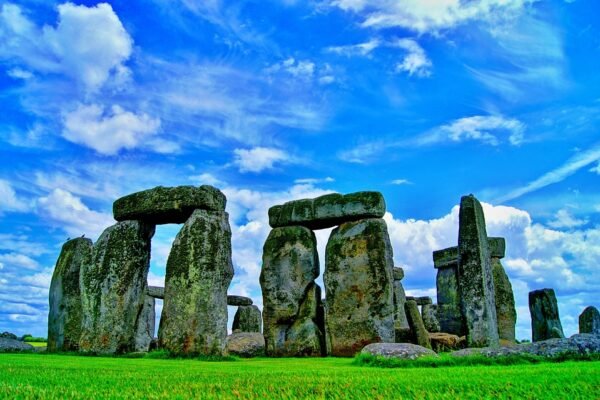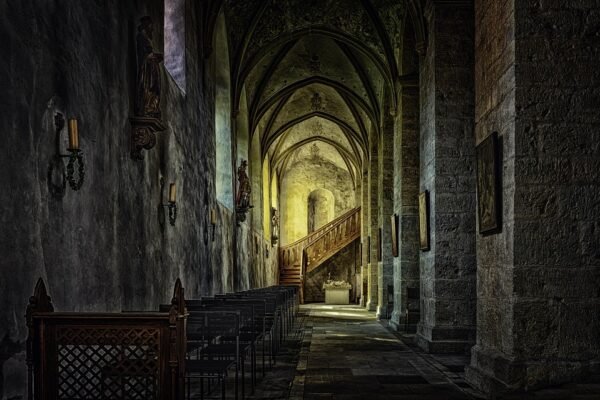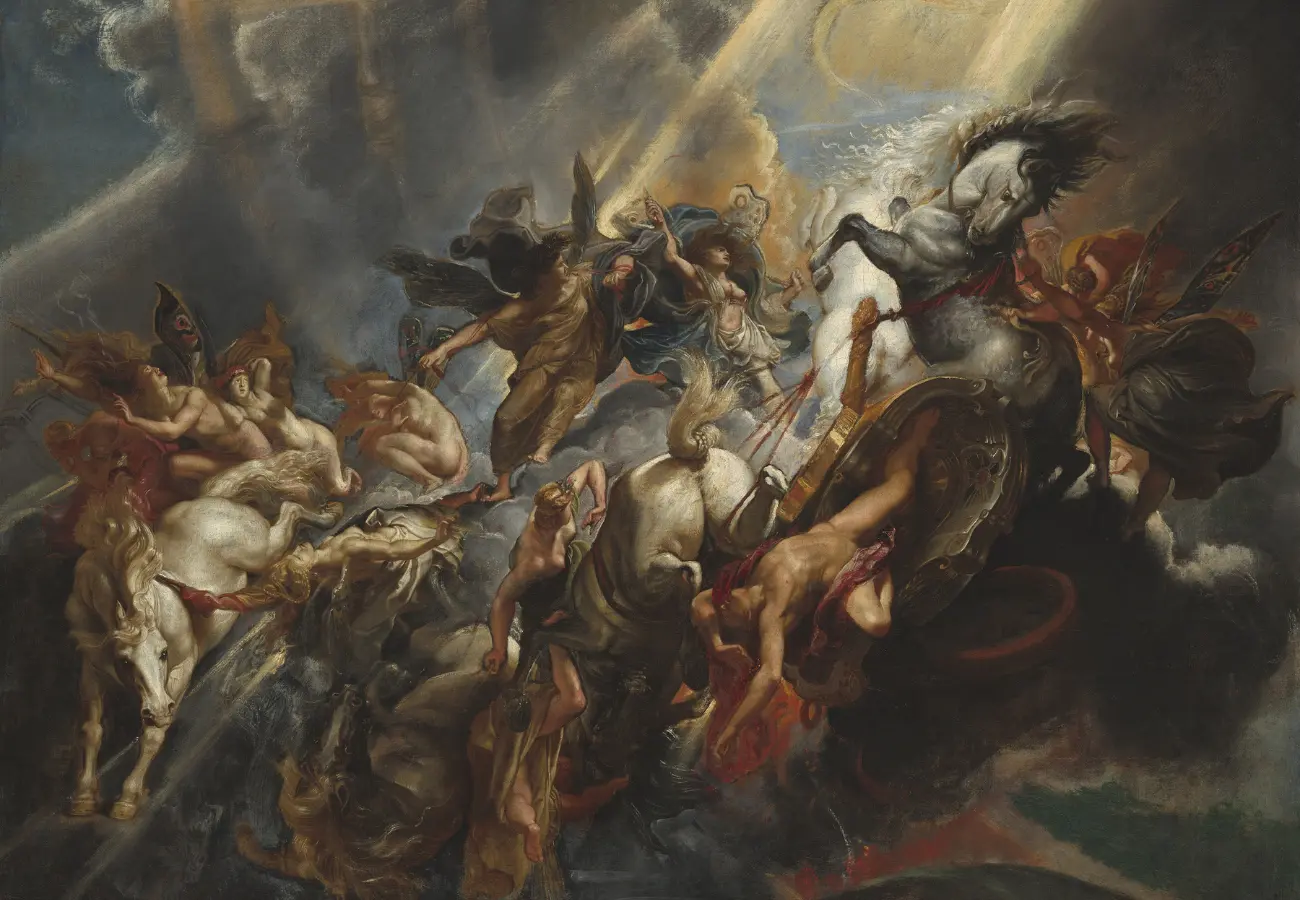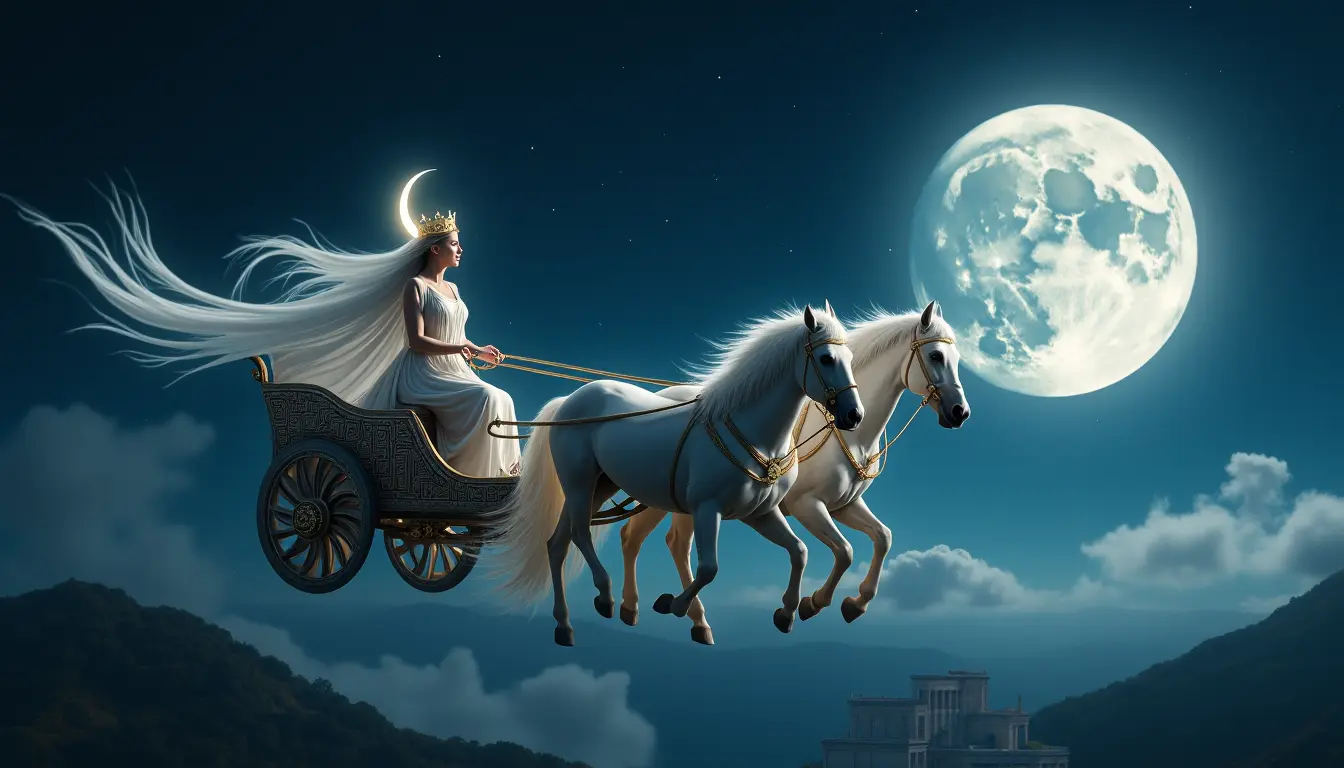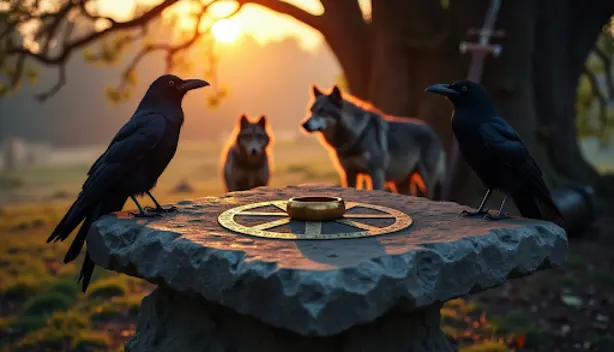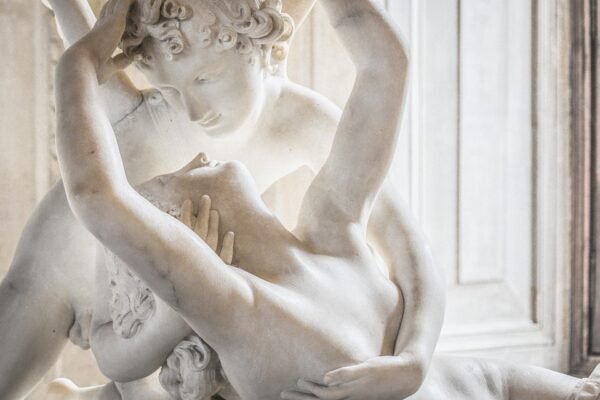

Mayan God Kukulcan, the Snake God of the Maya, Remains as a Legacy of the Once-Powerful Civilization – Retro Timeline
The Maya civilization, which thrived in Central America for over 2,000 years, left behind a lasting cultural legacy that continues to intrigue people today. One of the most captivating aspects of Maya culture is their intricate religious beliefs and practices, centered around a pantheon of deities with complex personalities and attributes. Among these gods and goddesses, the Mayan god Kukulcan stands out as a significant figure.
Kukulcan, also known as Quetzalcoatl to the Aztecs, was a powerful deity representing various aspects of Maya life and culture. Often depicted as a serpent, with a long coiled body and a fearsome head, Kukulcan was more than just a snake god. He was associated with the wind, rain, sky, and other natural forces that shaped the world around the Maya.
According to Maya mythology, Kukulcan played a crucial role in the achievements of the Maya civilization, including the creation of the world, establishment of cities and agriculture, invention of the calendar and writing, and teaching essential skills such as astronomy, mathematics, and medicine. Despite his importance, Kukulcan was not always the primary focus of Maya religious worship but remained a prominent figure in their mythology and art.
For those interested in studying lost civilizations, recovered historical artifacts, and significant archaeological sites, exploring articles on the Maya civilization can provide valuable insights. Whether you are a history enthusiast, a spiritual seeker, or someone who appreciates the beauty and mystery of ancient cultures, Kukulcan is a fascinating figure sure to capture your imagination. Join us as we delve into the mythology, art, and symbolism of the Maya snake god and uncover the secrets of this once-powerful civilization.
The origins of Kukulcan, the Maya Snake God, are shrouded in mystery, but scholars believe he was likely a composite of several deities worshipped by different Maya groups over time. His name, a combination of “kuk” meaning feather or plumed and “ulcan” meaning snake, reflects his dual nature as a god of the sky and earth. Kukulcan’s significance in Maya culture can be traced back to the pre-classic period, where many Maya communities worshipped a serpent deity associated with rain and fertility.
During the classic period, Kukulcan emerged as a significant deity in the Maya pantheon, closely associated with Chichen Itza in present-day Mexico. His association with rulership power and natural phenomena like the wind and rain made him a pivotal figure in Maya society. Rulers often claimed to be his earthly representatives, and Kukulcan was depicted in art and architecture as a symbol of royal power.
The worship of Kukulcan involved various rituals and ceremonies, including offerings and sacrifices, astronomy, and the construction of temples and sacred sites. Blood sacrifices, typically of animals like snakes, birds, or deer, were made to honor Kukulcan, with human sacrifices occurring in times of crisis. Astronomy played a significant role in Kukulcan worship, as the Maya believed the movements of the planets and stars were tied to the actions of their gods.
Temples like the Pyramid of Kukulcan at Chichen Itza, also known as El Castillo, were built as tributes to the Snake God. These structures incorporated advanced astronomical and architectural knowledge, with the pyramid’s design aligning with celestial movements. Kukulcan’s influence extended to Maya art, where he was depicted as a feathered serpent in carvings, sculptures, murals, and pottery, symbolizing the union of the earthly and divine realms.
Despite Kukulcan’s decline during the Spanish conquest in the 16th century, his legacy persisted and experienced a resurgence in modern-day culture. The Spanish sought to suppress the worship of Kukulcan as a pagan practice, leading to the destruction of temples and structures dedicated to the Snake God. However, interest in Kukulcan has resurfaced in contemporary art forms, referencing popular culture like movies and video games, solidifying his place in modern society.
In conclusion, Kukulcan’s mythology, symbolism, and impact on art and architecture continue to captivate and inspire people worldwide. Despite facing challenges during the Spanish conquest, Kukulcan’s significance in Maya culture has endured, making him a timeless figure in human history.

